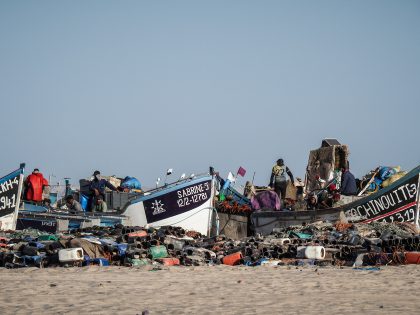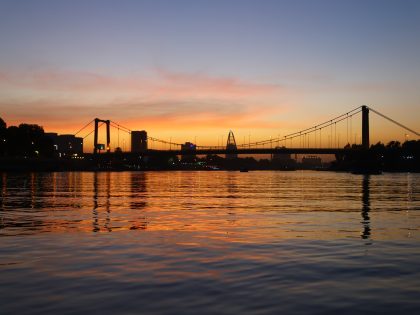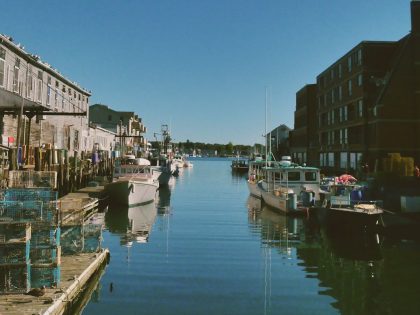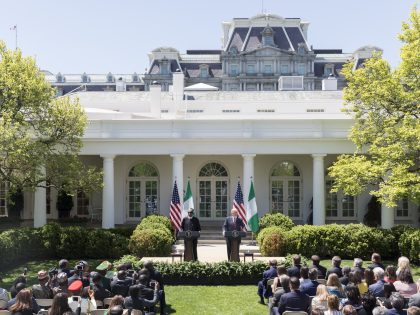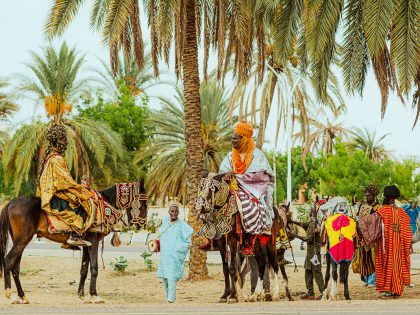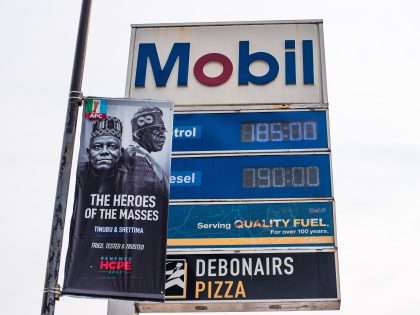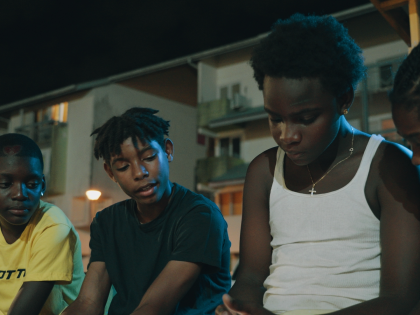Zambian skull (plus Zambian guide) in a London art gallery
The Thai-born artist, Pratchaya Phinthong, mines Zambia's colonial history to explore how historical narratives are performed through objects.

Pratchaya Phinthong, Broken Hill, 2013. Commissioned by Chisenhale Gallery. Photo: Mark Blower.
The gallery description of Pratchaya Phinthong’s 2013 art-work, ‘Broken Hill’, includes the body of a living Zambian man. ‘Plinth, perspex, replica skull, paper document, copper nails, postcard and a guide – Kamfa Chishala.’ The Thai-born artist’s work has transported Chishala, a museum guide from the Lusaka National Museum, to the Chisenhale Gallery in east London (until September 1st). Phinthong’s work is concerned with the ways in which human bodies become the material of history, “examining” the exhibition leaflet says, “how historical narratives are performed through objects”. In ‘Broken Hill’, the opposite is also true: an object is performed through a human narrative. This work presents a replica of the ‘Broken Hill’ skull, a unique and contested object in the history of pre-history.
The visitor enters the space where the replica skull is presented alongside its custom-made box, and the museum guide springs to work, giving his own introduction to the object. Chishala takes the visitor to one wall where the official documentation allowing the replica skull to leave Zambia is presented. And when he has finished we talk informally about his journey here and experience of London until another visitor enters.
Discovered in 1921 in Broken Hill, Northern Rhodesia (now Kabwe, Zambia), the original skull resides in the National History Museum in London, who made this replica for the Lusaka National Museum. The skull, also called the Kabwe skull or fossil, was used to describe Rhodesian man, or homo rhodensiensis. This species lived between 300,000 and 125,000 years ago, and are considered to be the direct contemporaries to the homo heidelbergensis, reconstructed from the remains found near Heidelberg in Germany. The ‘Broken Hill’ skull has been a critical object in the identification of the ancestors of homo sapiens in both Africa and Europe. The difference, now, is that a European museum does not entrust to Zambia care of the pre-history of their land.
In order to remove the replica from Zambia, Phinthong had to offer a replacement – the replica skull is, apparently, a major attraction at the museum – which the artist found on the internet. Bringing the replica to London, Phinthong and the Chisenhale Gallery have manufactured a superfluity for the city which should embarrass the National History Museum. London now has an excess of ‘Broken Hill’ skulls. The second, replica skull may teach us more – about pre-history, and its politics in the present – than the original skull.


